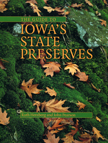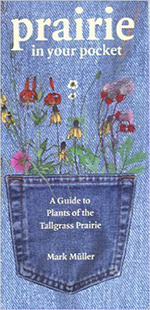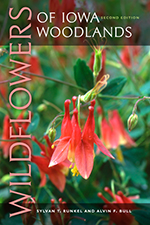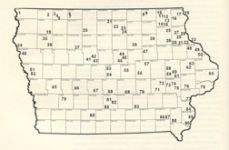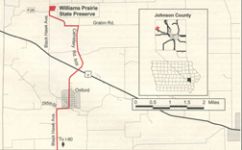The Guide to Iowa's State Preserves
“The most comprehensive guide to iowa state preserves is now available to the public.”—The Iowa Conservationist
“More than just parks, Iowa's ninety state preserves guard our very heritage. Like Iowa itself, those preserves are diverse. We've given the state's highest protection to prairies, woodlands, and wetlands, along with cemeteries, Native American relics, a church, a stone quarry, ice caves, and fossils. Those sites, so well chronicled in The Guide to Iowa's State Preserves, will remind Iowans of their very special roots.”—Larry A. Stone
“This guide will be valuable for both nature enthusiasts and professionals, including those using Iowa preserves for research and education. A useful addition to the library of anyone with a penchant for the natural world, The Guide to Iowa’s State Preserves is worth taking along on any adventure in the state of Iowa.”—The Prairie Naturalist
The Iowa state preserves system was created in 1965; a decade later, thirty preserves had been dedicated, including “six native prairies, a native White Pine stand, the state's only Sphagnum bog, a Balsam Fir stand, some of the oldest exposed rock outcrops in the world, an ancient fort, a fen, several Indian mound groups and a historical cemetery.” This new guide to all ninety Iowa state preserves—biological, geological, archaeological, historical, and scenic—describes the state's most treasured prairies and forests, quartzite outcrops and ice caves, and Indian mounds and wetlands as well as such historic sites as Fort Atkinson and Montauk.
Each entry includes two-color, progressively scaled maps giving the location of the preserve within the state, within its county, relative to a nearby town (with a recommended driving route), and on the local landscape (using USGS 7.5-minute topo maps). Also included are written directions (using 911 street names and signs); a description of the preserve's size, features, and history; a list of nearby or similar preserves, parks, natural areas, and other attractions; recommended readings; and contact information. (There are a few exceptions for privately owned or fragile preserves.) For travelers, a map in the introduction numbers all the preserves both geographically and alphabetically by name.
Although the preserves system emphasizes preservation rather than recreation, some preserves do have formal trails; some allow hunting, horseback riding, and canoeing; a few have museums or nature centers. This comprehensive guide allows visitors to plan active and informative visits to sites that highlight Iowa's natural and cultural heritage.
SPECIAL FEATURES
Detailed state and county maps
Easy-to-follow directions
Individual preserve histories
Up-to-date contact information
List of nearby attractions
Published for the Iowa Department of Natural Resources


